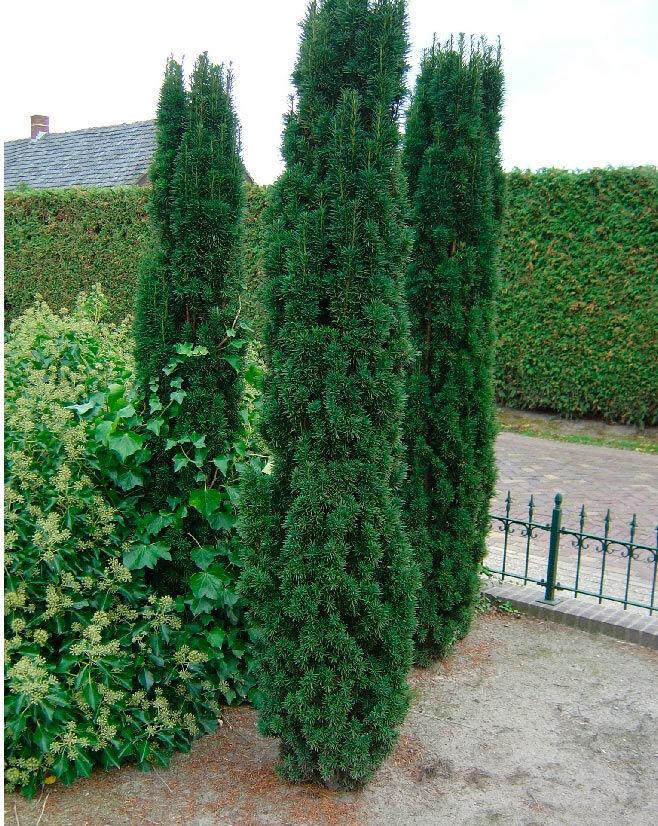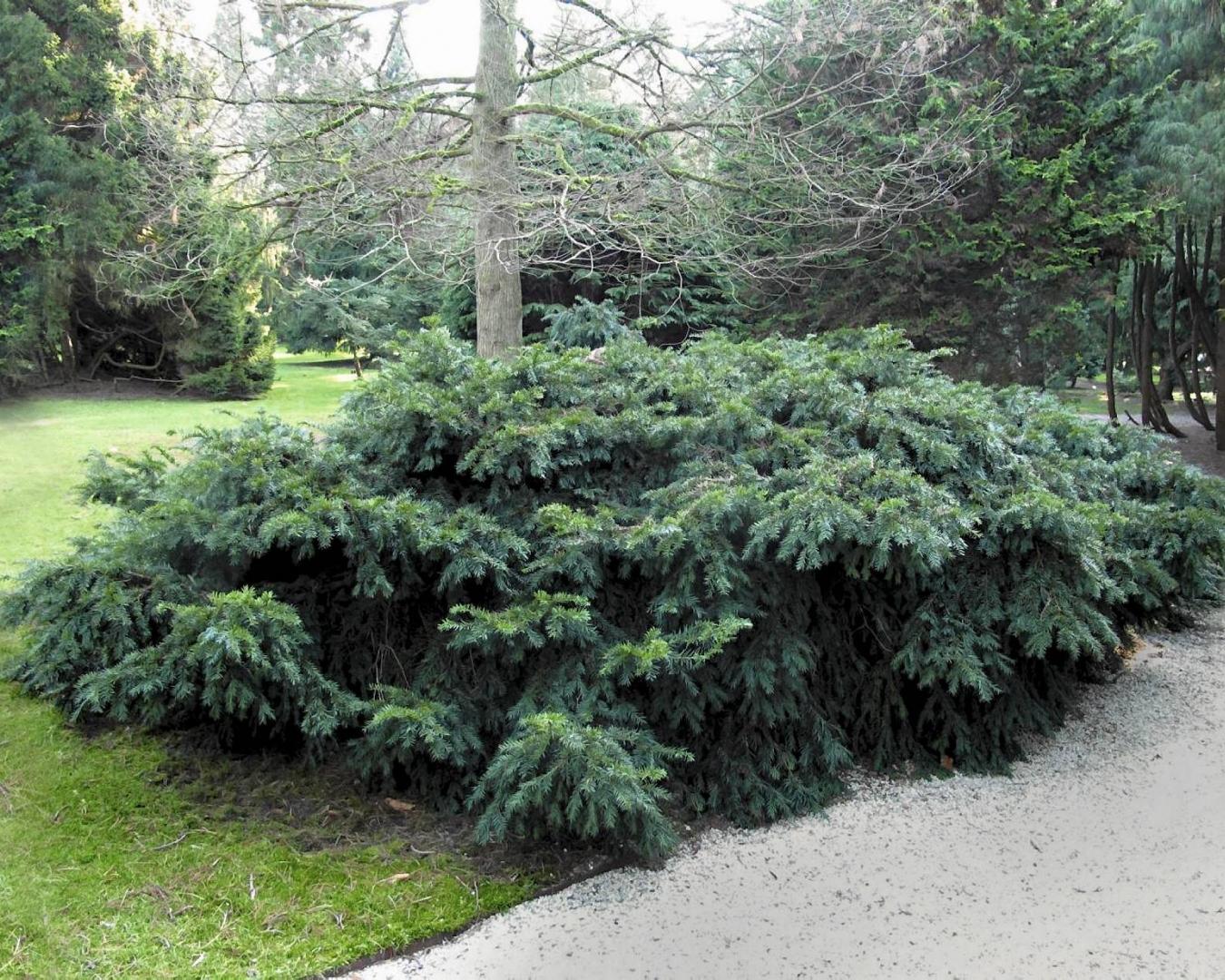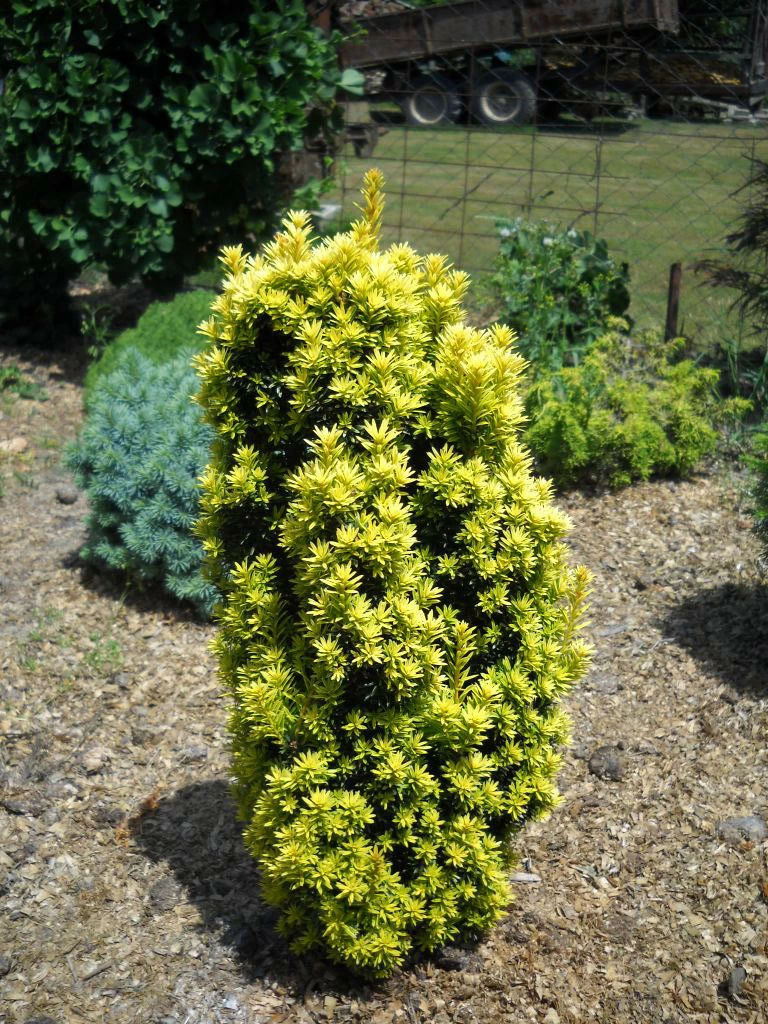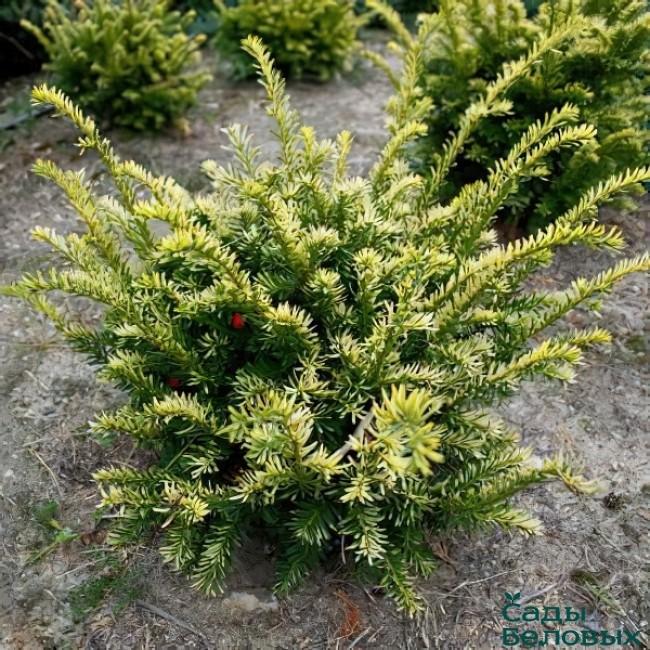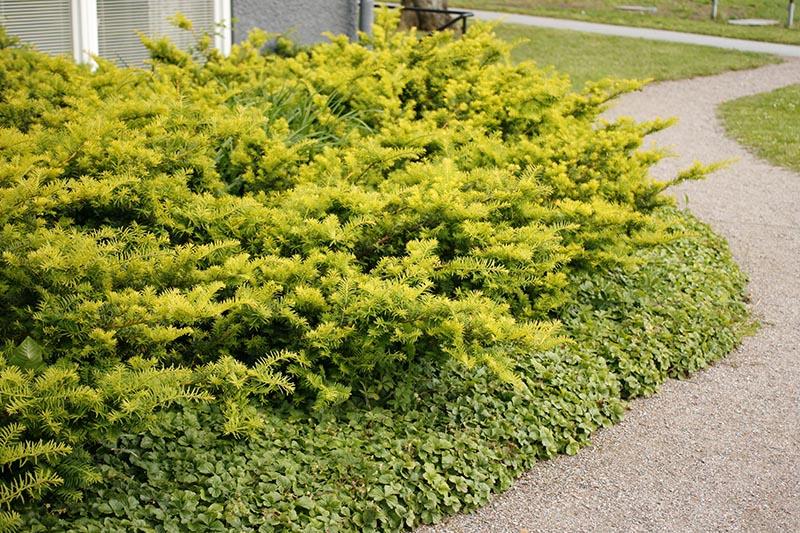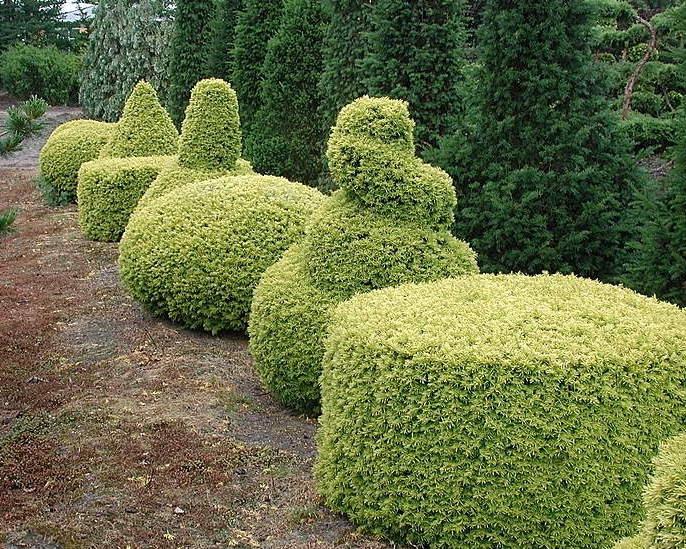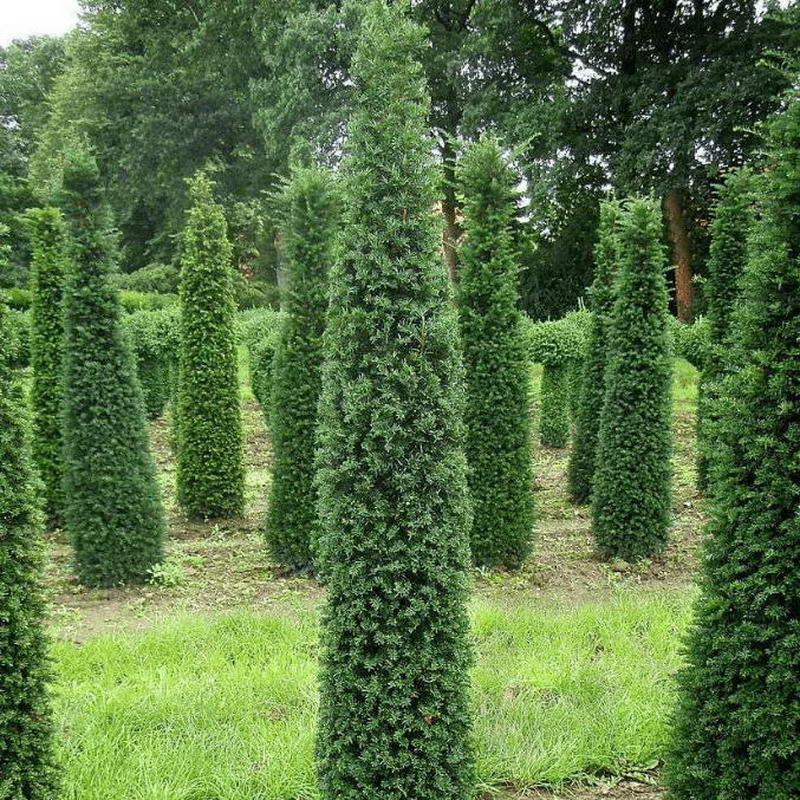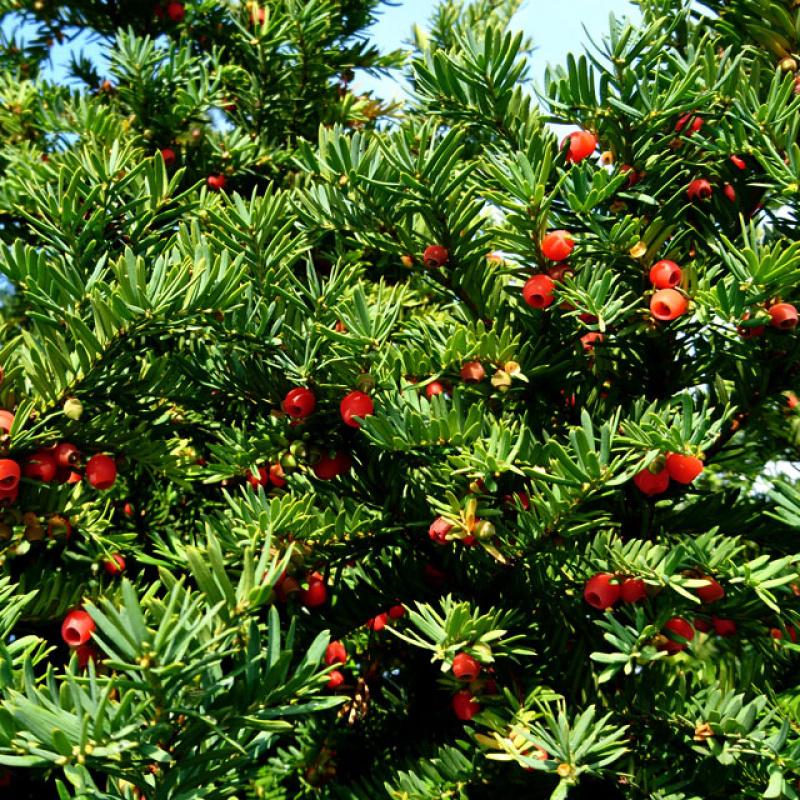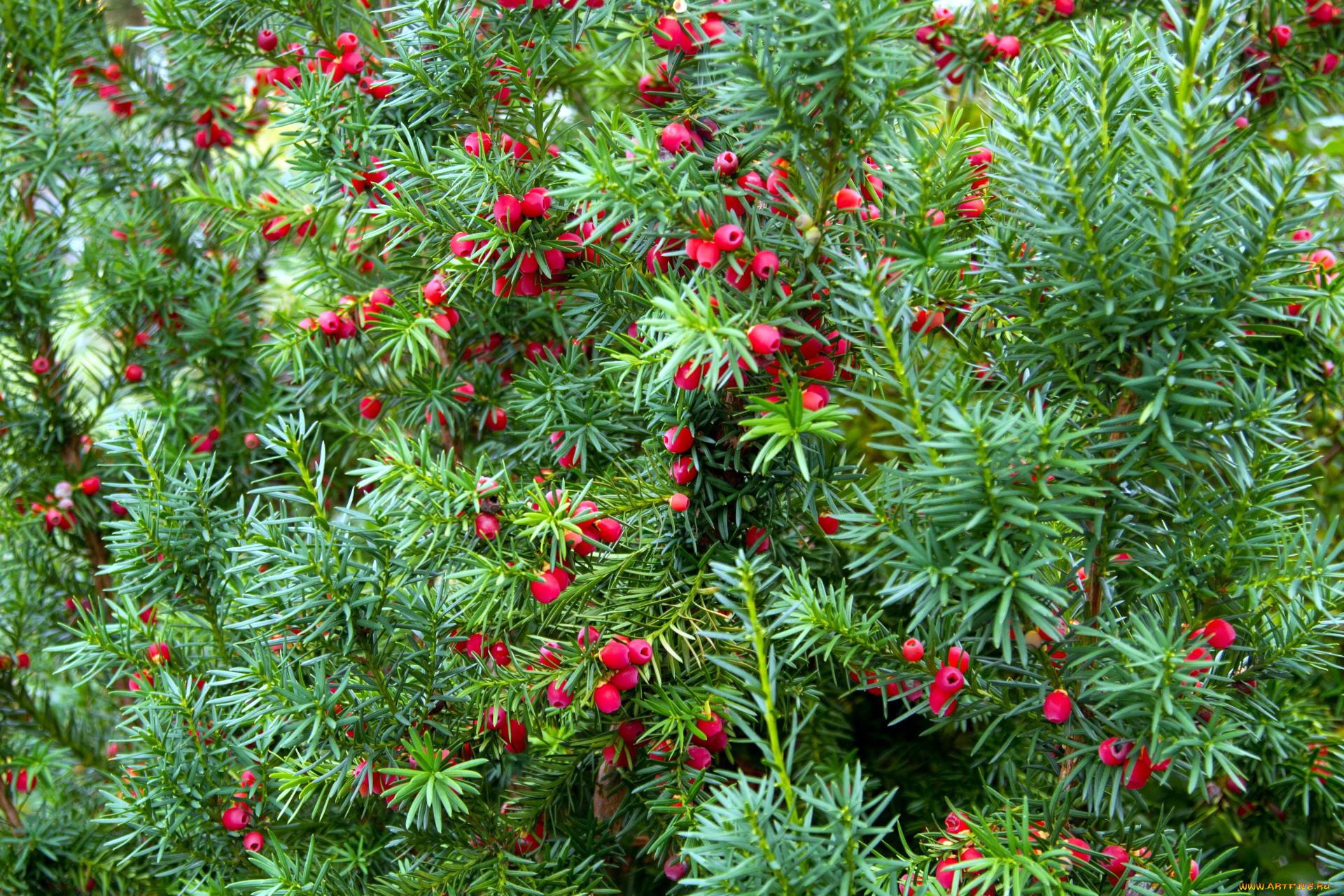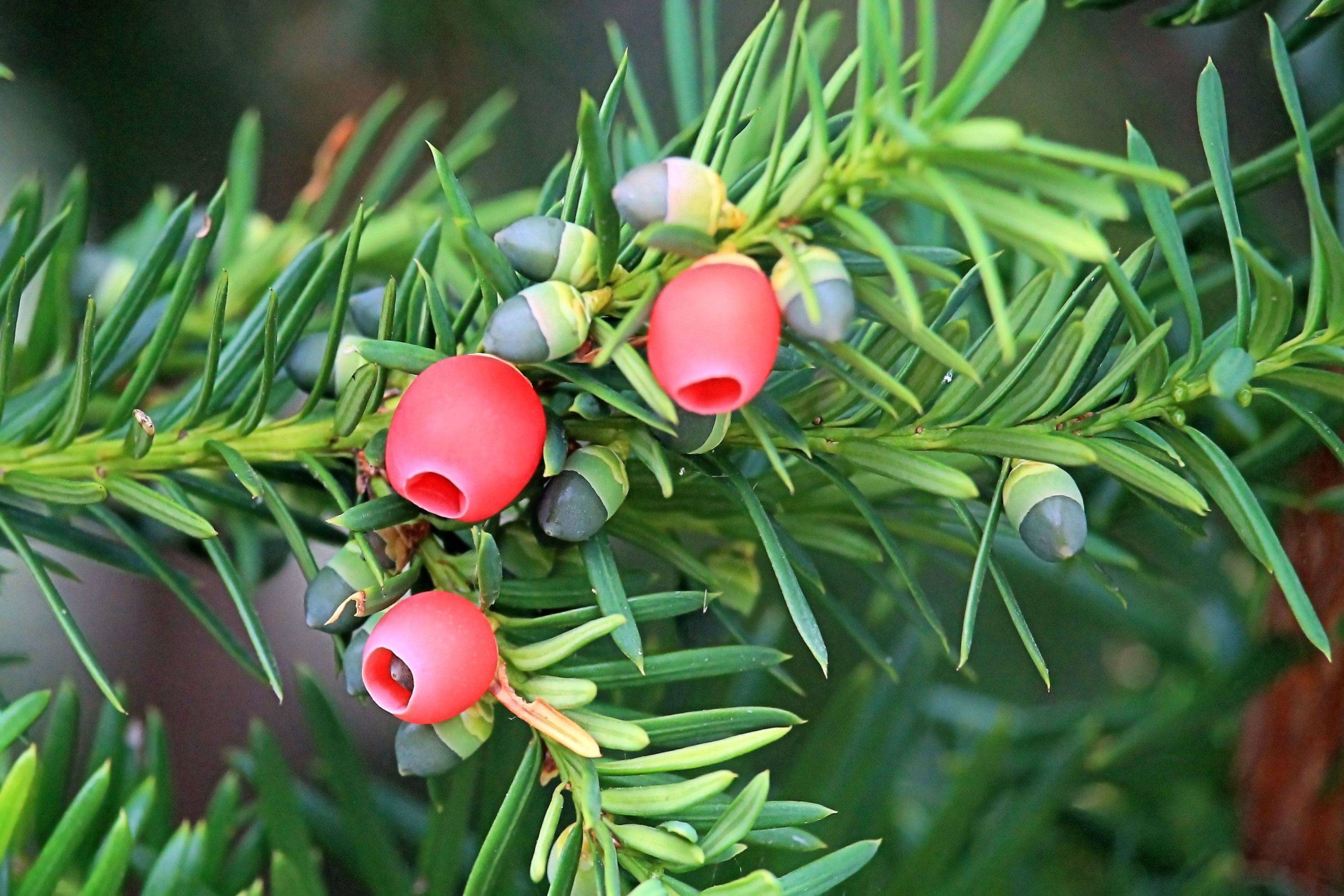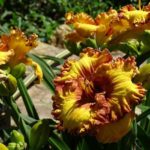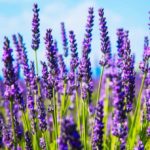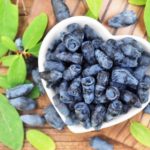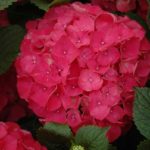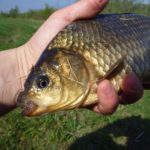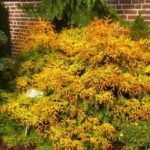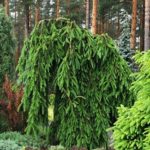Quite often, people are interested in the description and varieties of yew berries, as well as in growing, planting and caring for the plant. This is an evergreen coniferous relic crop that easily adapts to any conditions. She appeared on earth 65 million years ago. The plant is considered unpretentious and has a long life expectancy. It is characterized by a dense crown and excellent decorative properties.
Description of the plant
Representatives of the genus Yew are dioecious plants. They are distinguished by scaly red-brown bark. The crown is characterized by an ovoid-cylindrical shape and is often multi-peaked. The branches are distinguished by whorled arrangement.
Yew is characterized by flat and soft needles, which have a dark green color. It is located on the side branches in 2 rows, and on the stems - in a spiral. The needles reach a length of 20-35 millimeters. Red fruits form on female trees and remain on the branches until winter. Shrub varieties of yew almost never exceed 10 meters. In this case, the tree-like variety can be higher than 20-30 meters. The trunk reaches a diameter of 4 meters.
The wood of the crop has antibacterial properties. This is due to the high content of phytoncides. It is used to make furniture or ceilings in the house. This allows you to protect your home from infections. Because of its valuable wood, yew was on the verge of extinction, and therefore it was listed in the Red Book.
The lifespan of a culture can reach 3000 years. After pruning, the plant can quickly recover. Thanks to this, the gardener can create various shapes from the crown. In addition, the culture is able to grow both in the shade and in the sun. People who decide to plant yew on their site should take into account that all its fragments contain toxic substances.
Popular varieties
There are approximately 150 varieties of yew berry. However, they can be wild or grown in botanical gardens and arboretums. You can also plant the crop on your own plot. It is important to choose the right variety.
Fastigiata robusta
This columnar plant is distinguished by a dense crown and branched shoots that fit tightly to the trunk.The needles are small and have a dark green color. Its length reaches 2-2.5 centimeters. In 1 year, the yew grows 5-8 centimeters. By the age of 10, its size is 10-20 meters. However, in most cases the culture remains quite low. The crown takes pruning well. Therefore, wood can be used as a basis for green sculptures.
Rependance
This creeping variety is slow growing and over time forms a spreading crown with dark green foliage. Its height reaches 50-60 centimeters. This variety can be used to form a low hedge. They can also cover the embankment.
David
This variety is characterized by beautiful golden leaves and a bushy habit. The plant can be planted in sun or partial shade. In addition, it is characterized by high frost resistance. The plant can withstand temperatures down to -15 degrees. The height of the crop reaches 2 meters. In this case, the width in adulthood can be 1 meter. The flowers are characterized by an inconspicuous color. The plant has variegated leaves with a yellow tint.
Elegantissima
This variety is distinguished by foliage that gradually tapers to a sharp tip. They often curl inward in the upper third of the leaf and form near the tops of branches in the form of hair-like tufts.
The striped foliage is pale yellow in color. Subsequently it becomes whitish. The bark has a light yellow tint. This variety is characterized by spreading branches that are tightly pressed to the trunk. This crop is often found in the Mediterranean mountains at an altitude of 2000-2500 meters.
Summergold
This culture has bright golden needles. This is precisely what the name of the plant is associated with. The crown has a cushion shape. The bush itself is characterized by slow growth.By the age of 10 it reaches 80 centimeters. One of the disadvantages of the culture is the high need for moisture. At the same time, the plant is resistant to frost. It is permissible to grow it in central Russia. The culture has excellent decorative properties and fits perfectly into landscape compositions.
Semperaurea
This shrub variety has a lush decorative crown. In the warm season, the needles have a bright golden color, and in cold weather they turn orange. This plant grows quite quickly. It reaches 3-4 meters in height and 5 meters in diameter.
The culture lends itself well to pruning and shaping. The shrub is considered shade-tolerant. However, it does not tolerate exposure to direct sunlight and is characterized by sensitivity to crown burns.
Cooper Gold
This shrub variety is distinguished by a lush spherical crown and light yellow needles. An adult plant does not exceed 1 meter in height. It is resistant to frost and can be used to form hedges. In addition, the culture looks great in rock gardens.
Green rocket
The tree has a columnar shape. It is characterized by shoots tightly adjacent to the trunk. The plant reaches a height of 4-5 meters, and a diameter of 1. The culture is distinguished by needle-shaped bright green needles. The plant looks great in hedges. It can also be used to create complex landscape compositions.
Rules and features of landing
Yew is considered an unpretentious plant that grows well in both sun and shade. However, when growing crops in the south, it is worth avoiding scorching rays. It is also not recommended to plant the crop in waterlogged or too dry soil.
Yew berry is an excellent component for structuring a garden in the form of a column. It can be made quite tall or cut into a topiary shape. The plant looks great as a green hedge. It can be planted along paths or used to delimit different areas in the garden.
When choosing a variety, you should focus on how you plan to use it:
- Straight and columnar varieties should be planted singly. They look great in the central part of the lawn.
- Creeping varieties are recommended for covering embankments.
- Varieties with golden leaves perfectly illuminate shady areas of the garden.
- Crops with dark green foliage stand out well in the sun.
The plant can be given an unusual structured shape. It can be grown in the form of a cube, hedge or pyramid. The plant can also be formed in the shape of a cloud, which will organically complement the Japanese garden. The culture perfectly decorates small areas. In this case, you should give preference to small varieties.
Since yew grows slowly, it will take a long time to form a beautiful hedge or an impressive silhouette. To quickly get the desired result, it is worth buying fairly large seedlings.
Planting work can be carried out in spring or autumn. In the first case, it is recommended to do this in April or May, and in the second - in September-October.You should not plant the crop in the hot summer, as the young plant will suffer from drought. It is also not recommended to carry out planting work in early spring. In this case, the crop may die from the cold.
To plant yew, it is recommended to do the following:
- Place the pot with the seedling in a bowl of water. This will help saturate the root ball with moisture and improve the restoration of damaged roots after planting.
- Dig a large hole. It should be three times larger than the lump of soil.
- Add a small amount of rotted compost, mixing it with garden soil. It is also acceptable to add a little slow release fertilizer to the mix.
- Remove the crop from the pot and place it in the hole to the level of the root collar.
- Fill the hole with soil and compact it lightly.
- Make a hole to hold water near the base of the crop and water the plant thoroughly.
When growing yew for the purpose of forming a hedge, it is recommended to take into account some features. To plant a plant in this case, you need to do the following:
- Dig a trench 2-3 times wider and deeper than the plant root system.
- Add a small amount of compost to the hole, mixing it with garden soil.
- Place the seedlings in a trench at a distance of 80 centimeters from each other.
- Sprinkle with soil and compact the soil a little.
- Water the plants generously.
How to care for a tree
Growing crops in your garden is quite easy. This plant requires systematic watering and loosening of the tree trunk. It is also important to keep the tree trunk clean. Young bushes should be covered for the winter and protected from sunburn in the spring.
So, yew care includes the following components:
- Watering - yews less than 3 years old need systematic soil moisture.This procedure is recommended to be carried out at intervals of 4 weeks. At the same time, it is worth spending 10-15 liters of water on 1 bush. Adult crops require watering quite rarely. They usually have enough rainfall. In addition, a powerful root system allows plants to extract moisture from the deep layers of the earth. But during a period of prolonged drought, the crop needs systematic watering and sprinkling of the crown.
- Loosening - wet soil in the tree trunk circle needs to be processed to a depth of 10-15 centimeters. This is especially true during the first 3 years after planting yew in open ground. If this is not done, a crust may appear on the ground, which will prevent oxygen from reaching the roots. During loosening, it is recommended to remove weeds, since they often carry parasites.
- Mulching - this procedure helps reduce the number of weeding, watering and loosening. For this purpose, it is permissible to use peat, pine needles or sawdust. The thickness of such a layer should be 8-10 centimeters.
- Feeding - if fertilizers are used during planting, this amount will be enough for the yew to last for a whole year. After this, it is recommended to feed the soil annually. For this, it is permissible to use Kemira-station wagon. 100 grams of the substance are used per 1 square meter. It is also permissible to use nitroammophoska. 50-70 grams of product are used per 1 square meter.
- Pruning – yew berry is characterized by slow growth. Therefore, in the first years it does not need pruning. Mature plants lend themselves well to crown formation. Moreover, even too much pruning will not harm them. It is necessary to trim the shoots to no more than a third of the length. It is imperative to get rid of dry or diseased branches.Pruning should be done in early April. This is done until the buds swell.
- Transplantation – it is recommended to replant the crop in the spring. It is important to ensure that the soil warms up well. First you need to select an area and make a recess of the required size. After this, you need to pull out the bush and place it in the recess. It is important to ensure that the root collar is flush with the ground surface. After transplanting is completed, it is recommended to water the crop generously and sprinkle the tree trunk circle with a layer of mulch.
Tree propagation
Yew is best propagated by cuttings. The seed method is usually not used, since it can take 2 years for the planting material to germinate. It will take years to get a plant of the right size.
To propagate yew by cuttings, planting material must be prepared in late summer or early autumn. This is done in September-October. To obtain a new culture, it is recommended to do the following:
- Cut a cutting 15-20 centimeters in size. It must be taken from a one-year-old branch. It's best to take the heel escape. This will help speed up the appearance of roots.
- Remove leaves from the bottom of the 10 cm long cutting.
- Prepare a pot with soil. It is best to use sandy soil.
- Water the ground.
- Dip the base of the cutting into a preparation that promotes root formation. An excellent option would be “Kornevin”.
- Place the cutting in the pot and tamp the soil well.
Place the container with the plant in a well-lit place. It is important to provide protection from direct sunlight. Until the plant takes root, it is necessary to maintain sufficient substrate moisture.To achieve the desired atmosphere, you can put a bag over the pot or use a plastic bottle.
Possible diseases
When growing yew you may encounter the following problems:
- Yellowing of needles - the reason may be the natural death of some of the needles. Also, the needles may turn yellow in young plants if the bushes are young enough. To avoid this, they need to be shaded in the spring.
- Fomoz is a fungal pathology that manifests itself in the form of necrosis of the cortex. The disease is also accompanied by drying and browning of the needles. This infection is quite persistent. She does not die in winter. The fruiting bodies of the fungi gradually tear apart the bark and resemble small black growths. Dry tree shoots must be removed. To cope with pathology, it should be sprayed with a 1% solution of Bordeaux mixture. This is recommended to be done in spring and autumn.
- Black - is a fungal pathology, which is accompanied by the appearance of a black film resembling soot. It covers the shoots and needles of the crop. Usually the blackhead is accompanied by the appearance of false scale insects on the plant. To cope with pathology, you first need to remove the parasites. You can also transplant the young crop to a lighter area and perform pruning to improve air exchange. The use of copper-based products has a good effect.
Application of yew
Yew berry is often used in landscape design. It can be used to create a hedge. The culture also looks great in combination with ponds and garden paths. It is actively used for the design of rock gardens and topiary gardens. This variety goes well with sculptures. In group plantings, the plant provides good shade for mixed borders.
Yew berry is a very popular crop that fits well into a variety of compositions. At the same time, the plant is unpretentious and does not require specific care.

